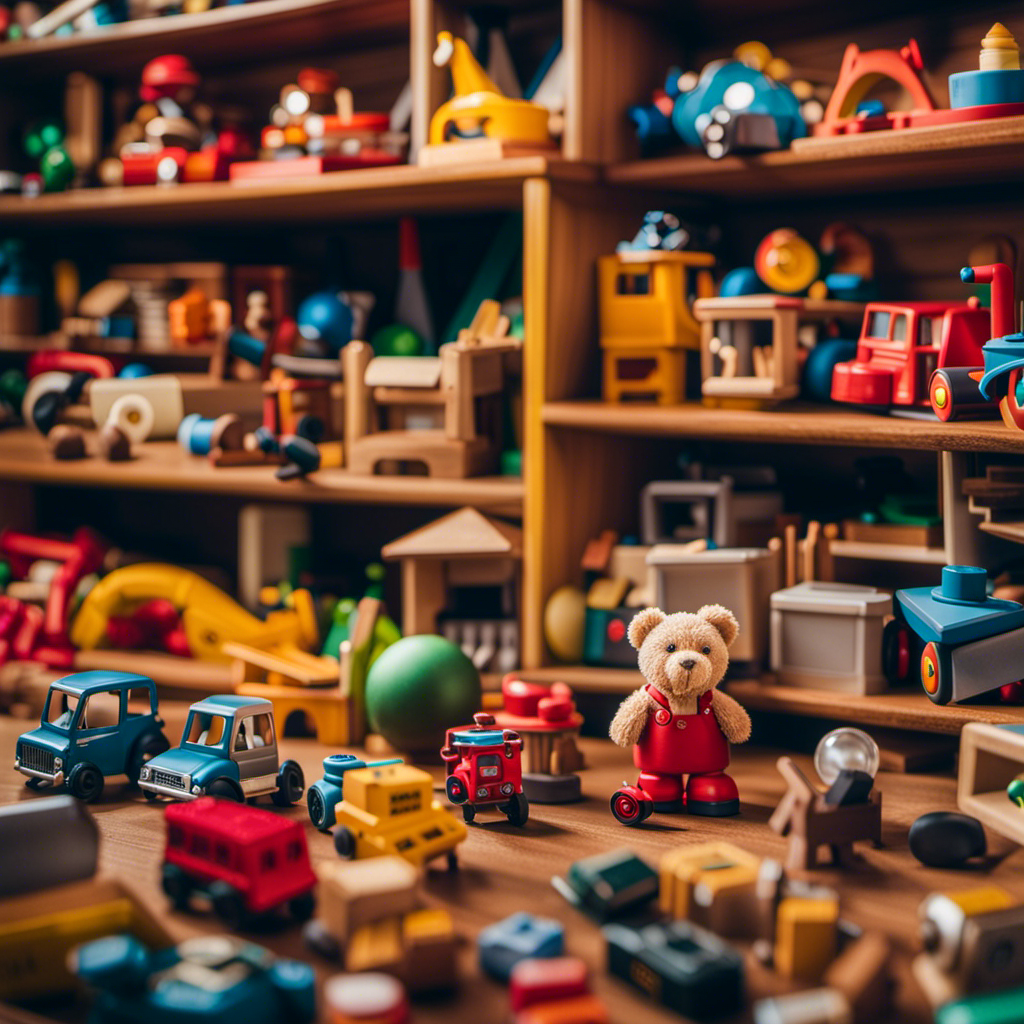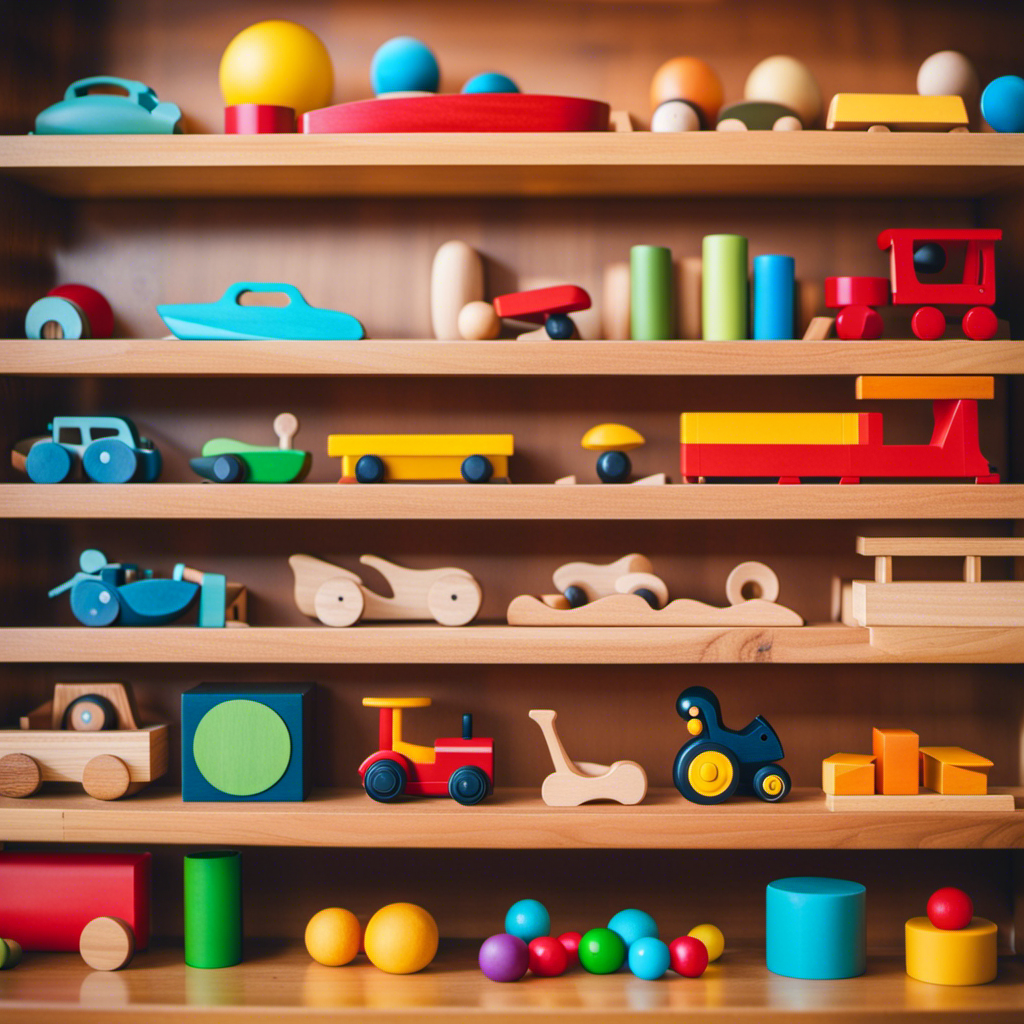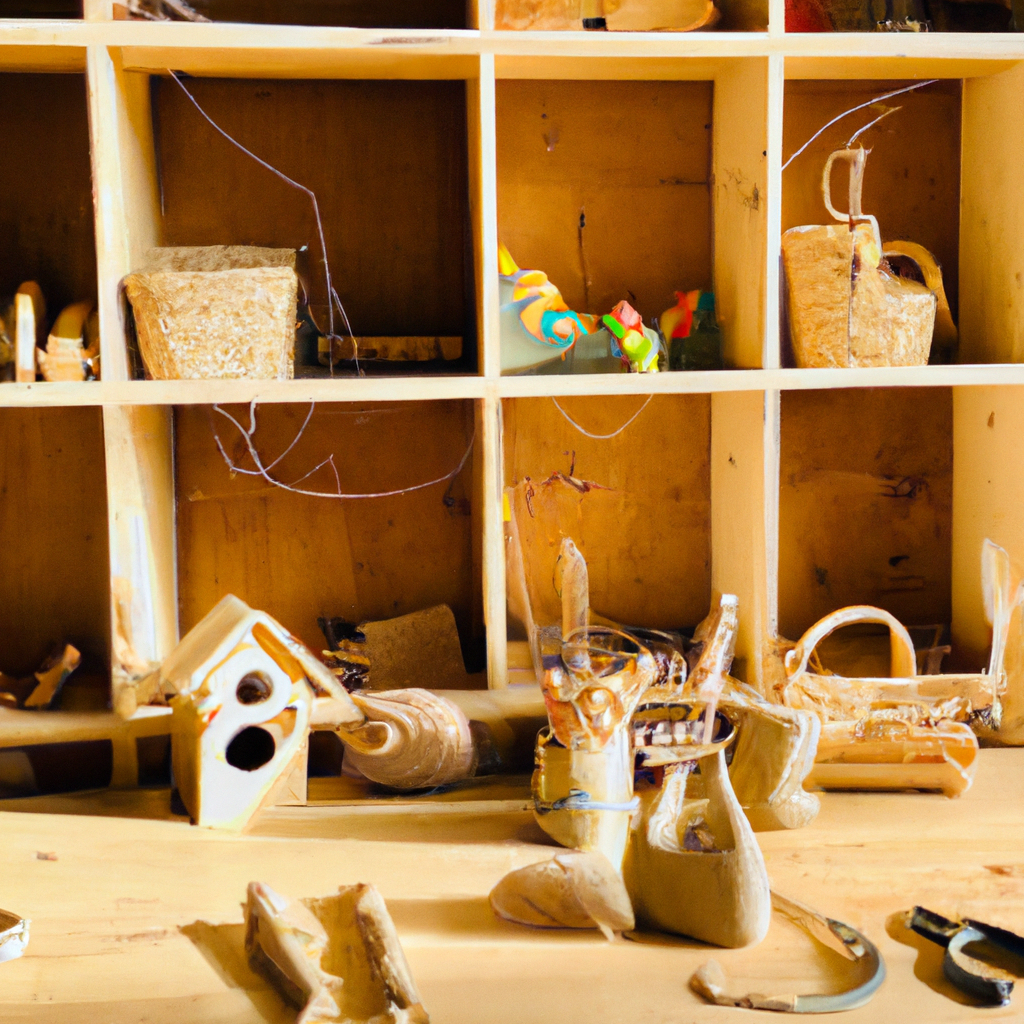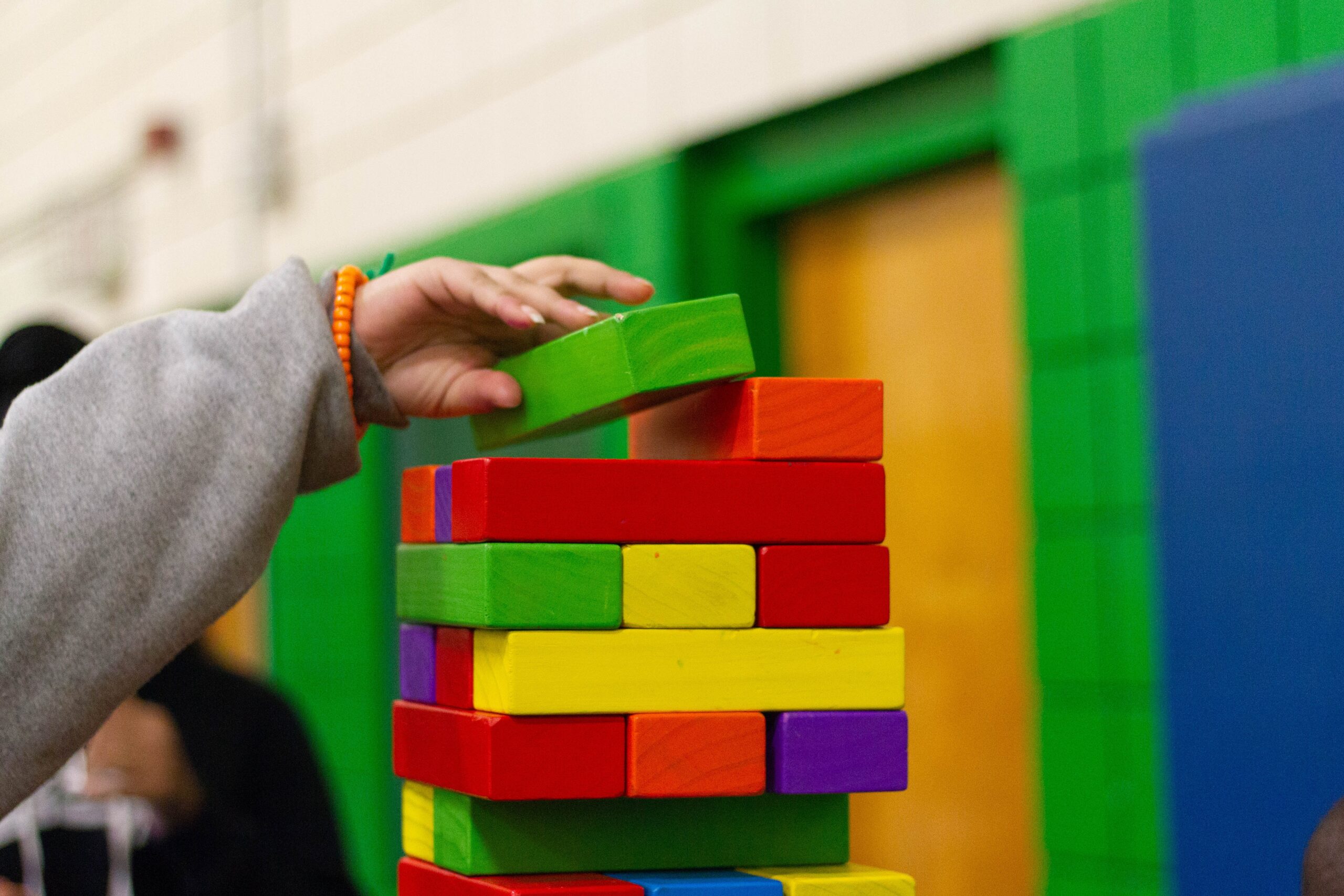As a parent and Montessori teacher, I have come to appreciate the importance of carefully selecting toys that promote a child’s development.
I vividly remember the time when I brought home a flashy electronic toy for my two-year-old, thinking it would engage and educate her. However, I quickly realized my mistake as she lost interest and became frustrated.
This experience taught me the value of understanding what not to keep in our Montessori toy collection.
In this article, I will explore common pitfalls and provide guidance on avoiding toys that hinder rather than foster a child’s independence and growth.
Key Takeaways
- Safety hazards to avoid, such as choking hazards and toys with toxic materials.
- Non-developmental toys to discard, including battery-operated toys and single-purpose toys.
- Age-inappropriate playthings to remove, such as toys with small parts or sharp edges.
- Montessori toys that don’t foster independence, like battery-operated toys and toys with pre-determined outcomes.
Safety Hazards to Avoid
When choosing Montessori toys for your child, it’s important to prioritize their safety and well-being. One key aspect to consider is the presence of choking hazards in toys. Small parts or loose components can pose a significant risk, especially for younger children who tend to explore objects with their mouths. Carefully inspect toys and ensure they are free from any small or detachable parts.
Another important factor to consider is the presence of potential toxic materials in toys. Some toys may contain harmful substances such as lead-based paint or phthalates. Opt for toys made from non-toxic materials and regularly check for any recalls or safety warnings.
By taking these precautions, we can create a safe and nurturing environment for our children to explore and learn.
Now, let’s move on to the next section and discuss the non-developmental toys that should be discarded.
Non-Developmental Toys to Discard
If a toy does not support child development, it’s best to discard it. As a parent or caregiver, it’s crucial to provide children with toys that inspire and engage their minds.
Here are some uninspiring playthings to eliminate from your child’s toy collection:
- Battery-operated toys that do all the work for the child.
- Single-purpose toys that limit creativity and imagination.
- Toys that promote violent or aggressive behavior.
- Clutter-inducing toys that overwhelm the child’s play space.
By removing these toys, you create a more conducive environment for your child’s development and learning.
Now, let’s move on to the next section about age-inappropriate playthings to remove, ensuring a safe and enriching playtime for your little one.
Age-Inappropriate Playthings to Remove
It’s important to remove age-inappropriate toys from your child’s collection to ensure a safe and enriching playtime. These toys not only pose potential safety hazards, but they also hinder cognitive development. As parents, we want to provide our children with toys that stimulate their minds and promote growth. To help you identify age-inappropriate toys, here is a table highlighting some examples:
| Age-Inappropriate Toys | Reasons |
|---|---|
| Small parts that can be swallowed | Choking hazard |
| Toys with sharp edges or points | Risk of injury |
| Toys with loud noises | Sensory overload |
| Complex puzzles beyond their developmental stage | Frustration and discouragement |
| Electronic devices with limited educational value | Passive play and reduced creativity |
Montessori Toys That Don’t Foster Independence
Removing age-inappropriate playthings is important to ensure a safe and enriching playtime for children. As a Montessori educator, I believe in providing toys that foster independence and creativity.
Here are some examples of toys that limit creativity:
- Battery-operated toys that perform specific actions, leaving little room for imagination.
- Toys with pre-determined outcomes, such as puzzles with only one solution.
On the other hand, there are toys that promote dependence, hindering a child’s ability to think and problem-solve independently:
- Toys that provide all the answers, such as electronic devices that speak or provide immediate feedback.
- Toys that require constant adult assistance or intervention.
By avoiding these types of toys, we can encourage children to explore, experiment, and develop their own ideas.
This leads us to the next section, where we will discuss common mistakes in choosing Montessori toys without limiting a child’s potential for growth and learning.
Common Mistakes in Choosing Montessori Toys
One common mistake when choosing Montessori toys is neglecting to consider the child’s developmental stage and interests. It is important to remember that Montessori toys are meant to support a child’s natural development and promote their independence.
By not taking into account a child’s specific stage of development, we risk providing them with toys that are either too advanced or too simplistic for their current abilities.
Additionally, it is crucial to consider a child’s interests when selecting Montessori toys. This ensures that they will be engaged and motivated to explore and learn.
Another mistake to avoid is falling into the trap of overpriced toy brands. Many commercially marketed toys may claim to be Montessori-inspired, but they often come with a hefty price tag. Instead, focus on the benefits of open-ended play, which encourages creativity, problem-solving, and imagination.
Frequently Asked Questions
Can You Provide Some Examples of Safety Hazards to Avoid When Choosing Montessori Toys?
When choosing Montessori toys, it’s important to be mindful of safety hazards. Some examples to avoid include small parts that could be choking hazards, toys with sharp edges or points that could cause injury, and toys with long strings or cords that could pose a strangulation risk.
Ensuring that the toys are made from non-toxic materials and are free from any harmful chemicals is also crucial.
How Can I Identify Non-Developmental Toys That Should Be Discarded?
When it comes to identifying non-developmental toys that should be discarded, there are a few signs to look for.
First, pay attention to whether the toy encourages open-ended play or if it limits creativity and problem-solving.
Also, consider the complexity and appropriateness of the toy for your child’s age and developmental stage.
Toys that are overly loud, flashy, or have too many bells and whistles can often be less beneficial for learning and development.
It’s important to prioritize toys that promote exploration, imagination, and hands-on engagement.
Are There Any Specific Age-Inappropriate Playthings That Should Be Removed From a Montessori Toy Collection?
Oh boy, age-inappropriate toys, where do I even begin?
It’s important to remove any playthings that are not suitable for a child’s age from a Montessori toy collection. These toys could pose potential safety hazards and hinder a child’s development.
By ensuring that the toys are age-appropriate, we can create a child-centered learning environment that promotes growth and exploration.
What Are Some Montessori Toys That Don’t Foster Independence and Should Be Avoided?
When it comes to Montessori toys, it’s important to choose age-appropriate options that foster independence.
However, there are some toys that don’t encourage this. For example, toys that are overly complex or require excessive adult assistance can hinder a child’s ability to explore and problem-solve on their own.
Instead, focus on toys that promote creativity and imagination, such as building blocks or open-ended toys that allow for endless possibilities.
What Are Some Common Mistakes People Make When Choosing Montessori Toys?
When it comes to choosing Montessori toys, there are common mistakes that people often make. One mistake is selecting toys that are too advanced for a child’s age, which can lead to frustration and discouragement. It’s important to choose developmentally appropriate toys that promote independence and foster a child’s natural curiosity. Another mistake is focusing solely on flashy, electronic toys that don’t engage a child’s senses or encourage hands-on exploration. By avoiding these mistakes, we can ensure that our children benefit from the true essence of Montessori education.
Conclusion
In conclusion, when it comes to Montessori toys, it’s crucial to prioritize safety and developmental appropriateness. By avoiding potential hazards and removing non-developmentally stimulating playthings, we can create an environment that fosters independence and supports our children’s learning journey.
It’s important to be mindful of age appropriateness and choose toys that encourage exploration and discovery. Let’s not forget the power of Montessori toys in shaping our children’s minds and the impact they can have on their growth and development.
Tina is the heart and soul behind Toddler Ride On Toys. With a passion for early childhood education and a deep understanding of child development, Tina ensures that every piece of content on our website reflects our commitment to playful learning. Her expertise in Montessori, Preschool, STEM, and Waldorf education philosophies helps shape our website into a valuable resource for parents, caregivers, and educators.










